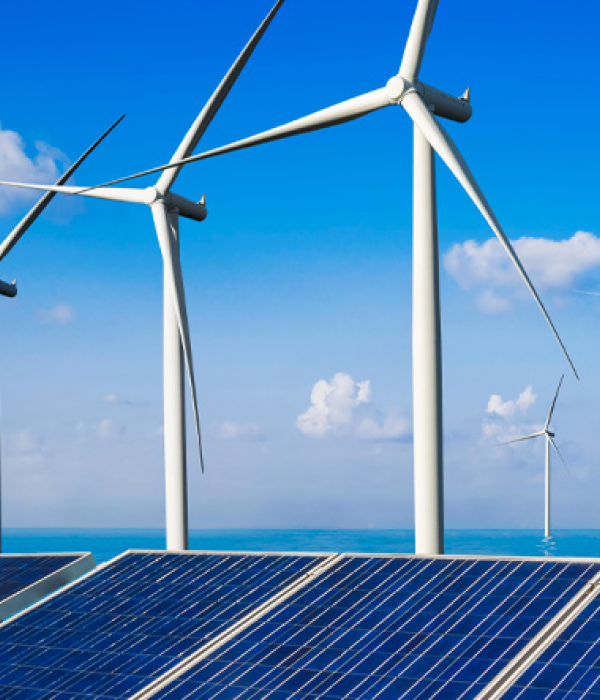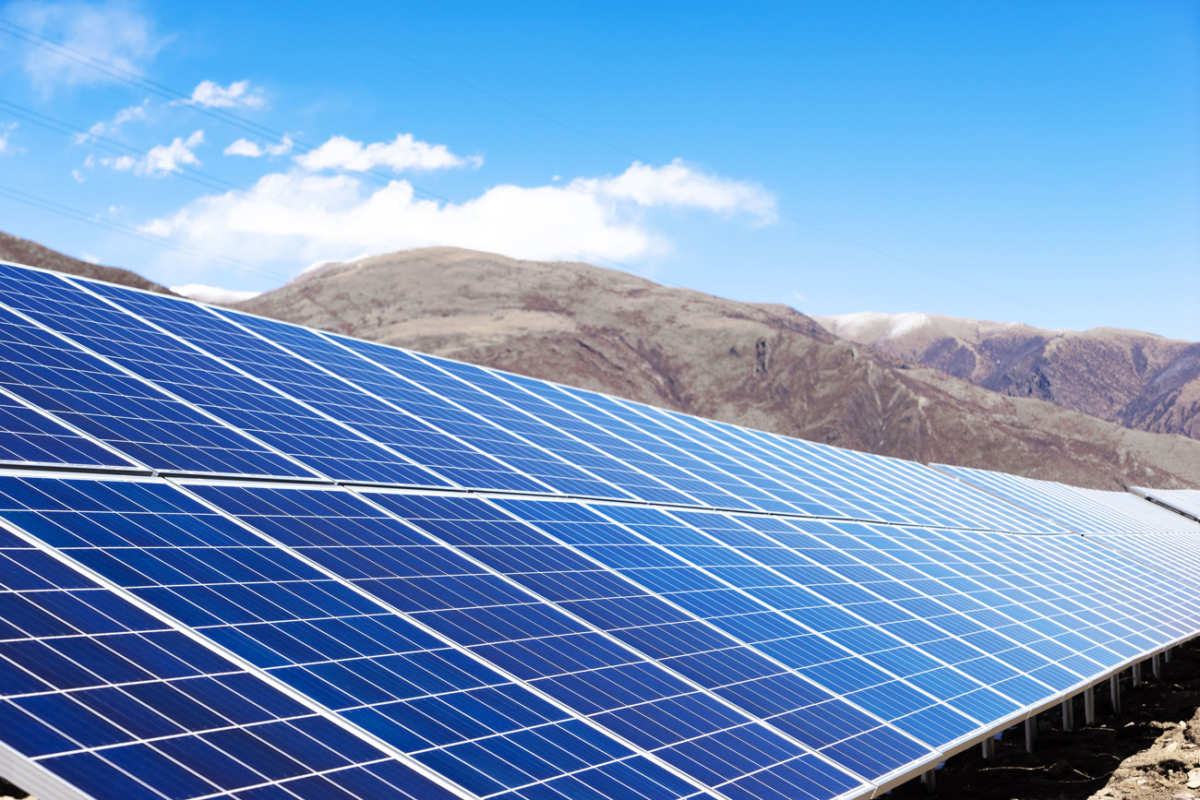News
13 Jan 2022
Peruvian generators are accelerating their transition to renewable energy in anticipation of a possible shortage in 2026


Celepsa's expansion strategy includes the acquisition of renewable energy projects under construction in Peru's south and north.
The global trend of shifting away from fossil fuel-generated energy and toward cleaner systems such as wind and solar is considered in Peruvian power generators' expansion plans.
Beyond climate awareness, one of the reasons is that investments in renewable energies would be easier to implement in a context where the country is expected to face an energy shortage by 2026.

Eduardo Herrera, general manager of the Power Company El Platanal S.A. (Celepsa), explains that in recent years, there have not been significant investments to ensure the energy in the short term due to the distortion that existed in the electricity market until 2020, due to the entry of natural gas thermoelectric plants - which produce 55% of the country's energy - but that could be stopped with a Supreme Court ruling.
Renewable Energy Initiatives
"There is already the possibility of making investments; however, getting permits for a project can take up to three years. If the government does not create the conditions to encourage investment in renewables, we may face a water shortage in the winter of 2026, when there will be no more water for hydroelectric plants (which produce 40% of the energy) ", he revealed to gestion.pe.
Faced with this, Celepsa not only plans to begin construction of its first solar power plant in Arequipa in the first quarter of 2023, which will double the size of its operations and take 24 months to complete, but it has also included in its growth plan the acquisition of projects in the process of development to complement them and thus "gain time to reach a successful conclusion before their permits are canceled," he said.

The updated Transmission Plan of the Economic Operation Committee of the National Interconnected System (COES) anticipates the entry of more than 60 renewable energy projects (committed and planned) between 2022 and 2032, totaling more than 8,000 megawatts (MW), to be developed in Ica, Piura, Arequipa, Chiclayo, and Cajamarca.
However, Herrera believes that if regulations are not improved, very few of these projects will be carried out. "Believe it or not, the environmental permit takes the longest," he said.
Portfolio expansion
Celepsa is not the only company that plans to diversify its portfolio by producing renewable energy. Some traditional hydrocarbon companies, such as Hunt Oil, have expressed interest in transitioning to renewable energy in Peru.

Similarly, Latin America Power Peru, which operates a mini hydroelectric plant, plans to develop wind projects, according to Paola Sarria, executive director of the Peruvian Association of Renewable Energies. Engie is another of the companies, having obtained the transit permit and easement rights for the Punta Lomitas wind project in Ica, which is set to begin construction at the end of 2021.
Fenix Power Peru, a thermoelectric generator, has also accelerated its transition to renewable energy projects, receiving a concession for feasibility studies for a wind power plant in Ica in October 2021. Statkraft S.A. is another company that is interested in making the switch.
According to Sarria, the number of Association members is expected to increase by more than 30% this year, reflecting the desire of more companies to promote the development of renewable energy in the country. Not all of them would be domestic companies, including mining firms, but there are foreign companies interested in joining.
"The new companies could be from France, Spain, Italy, or Asia. Among them is EDF Renovables, a French company that only recently opened an office in the country. Acciona Energy, a former manufacturer, now develops renewable energy projects. Atlas Energies, based in Chile, is also observing the Peruvian market while waiting for regulatory changes to be approved to enter", he explained.
Sarria stated that the state-owned company Petroperu joined the Association last year to develop renewable projects, but that its participation has been halted due to its return to oil production.
Peruvian Energy Facts
Peru would have a total installed capacity of 14,000 MWh, with thermoelectric energy accounting for 55%, hydroelectric energy accounting for 40%, and renewable energy accounting for 5%.
Regarding Celepsa
Peruvian company that generates high-quality sustainable energy and is ranked among the top ten power generators in the country. Our task is to manage water resources sustainably and responsibly, contributing all of the energy potentials of our installed capacity and that of our people to the National Interconnected Electrical System (SEIN).
Our most ambitious goal is to accelerate the country's decarbonization through the generation of sustainable energy required for the development. As a result, AENOR certifies that 100% of the energy produced in Celepsa is of renewable origin in 2021.
